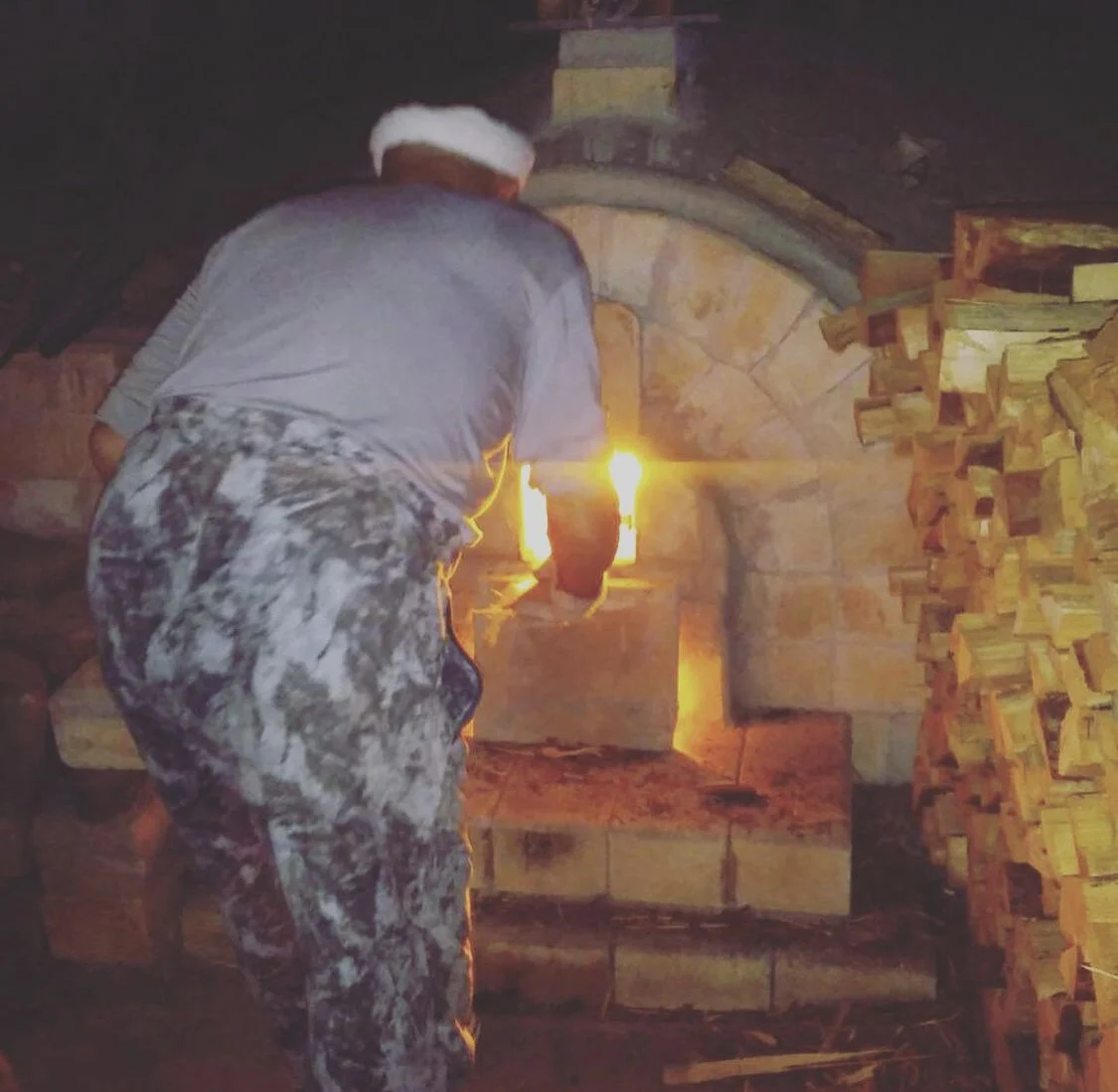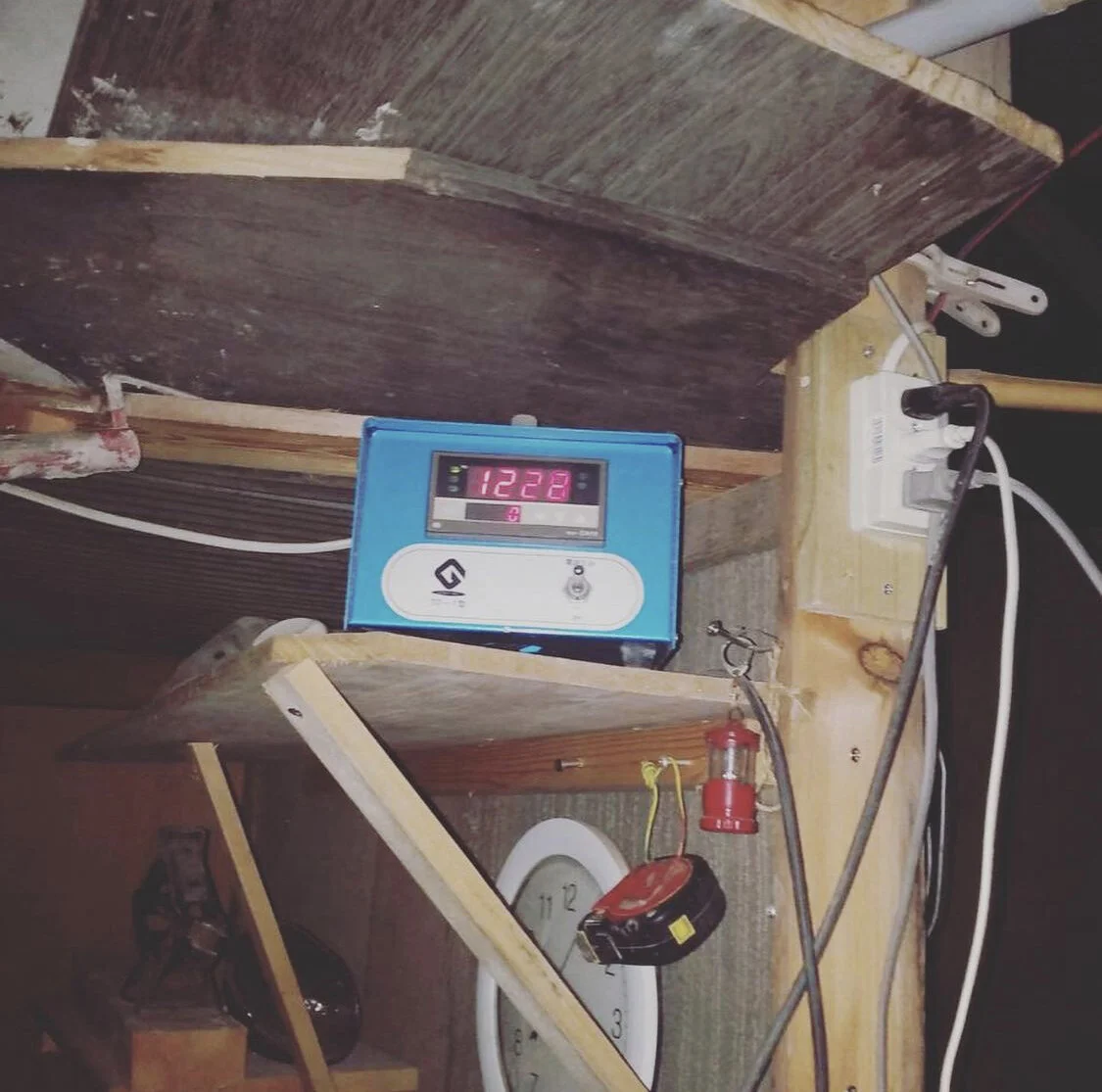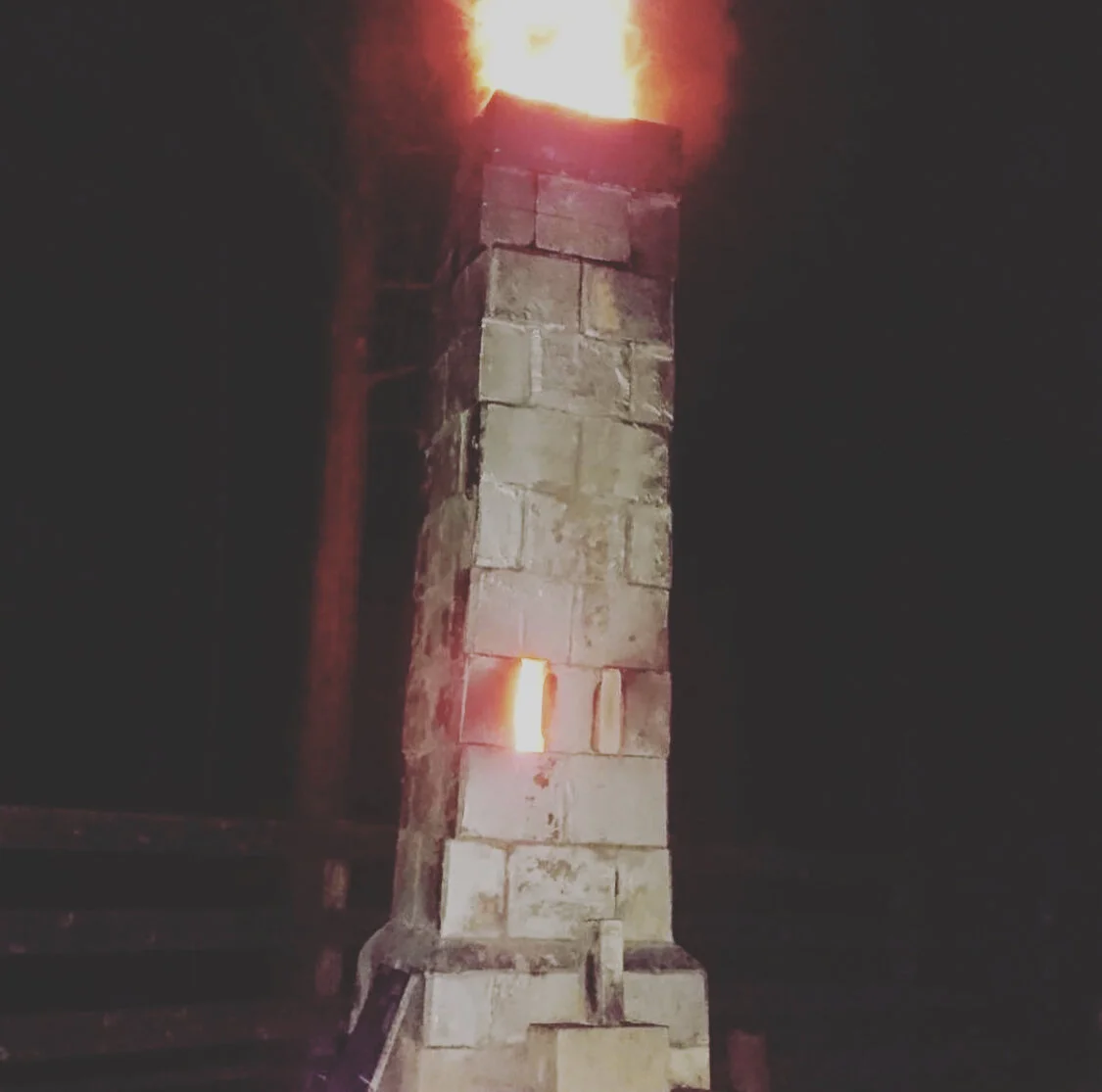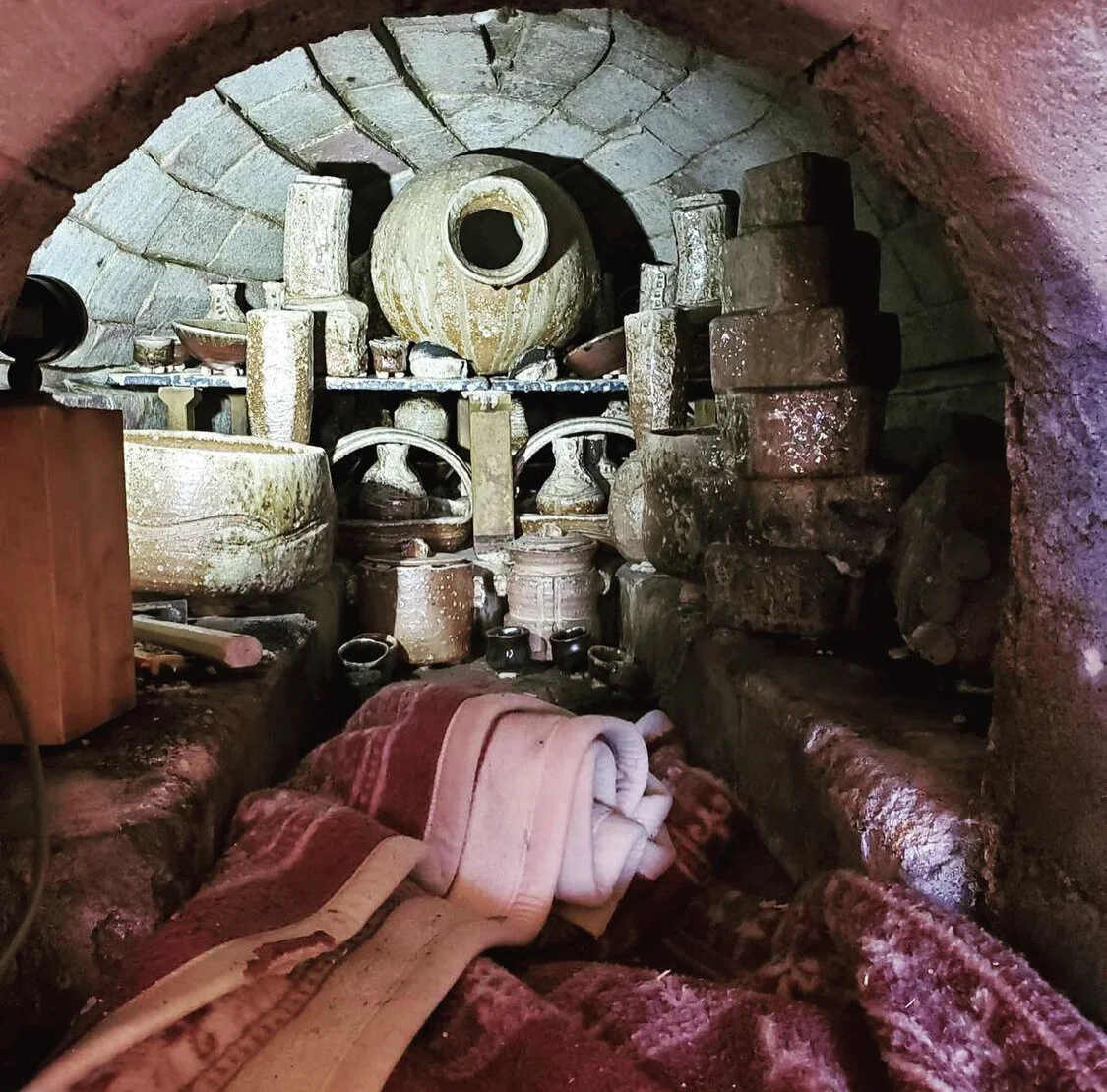Shino-Yaki by Sadaaki Kido
It all begins with following his instinct, the feeling he has within himself.
He has been making potteries for decades and enjoying every minute of it however it is still difficult for him to even master it which is why he does what he does today.
He said that he finds something new every day and every time when he faces potteries which is quite intriguing.
The intriguing fact comes from the nature that he deals with every day which is almost impossible to master it.
Soils, water, humidity and temperature so forth…these are the things you need to take it into consideration when it comes to make potteries and one of the challenging processes for making his signature “Shino-Yaki” is the firing process.
His firing process is a 7-day long process and it goes through days and nights for the duration of the process and sometimes even takes an extra couple of days depending on the weather, conditions and temperature.
This process can be influenced by many facts and since he cannot monitor the inside of the kiln to see what is actually happening, he needs to follow his instinct to decide where to stop at the end of the day.
The temperature gradually increases, the intensity of work increases too.
As the process goes about a week around the clock, he has two of his disciples support him and the three of them take each turn every 8 hour and make sure that the temperature inside the kiln is where it needs to be at every stage of the process.
He aims to maintain above 1,200 ℃ for the last few days of the process to create a special metallic-like glaze that is the signature of his “Shino-Yaki” style.
He keeps an eye on the temperature gauge to make sure that the temperature does not drop from where it needs to be at.
Sada-san(left) and one of his disciples(right) sit in front of the kiln during the firing process.
The history of Shino-Yaki goes back to the Momoyama era1568–1600), in klins in the Mino and Seto areas. The glaze, composed primarily of ground local feldspar and a small amount of local clay, produced a satiny white color. It was the first white glaze used in Japanese ceramics. Wares decorated with Shino were fired in the Anagama kilns used at that time. Anagama kilns were single-chambered kilns made from a trench in a hillside that was covered with an earthen roof. As the anagama kilns were replaced by the multi-chambered noborigama kilns during the first decade of the 17th century, Shino was supplanted by the Oribe ware glazes used in the newer kilns. Shino enjoyed a brief revival in the 19th century, but then faded into obscurity.
He once said that making the Shino-yaki potteries is time-consuming and not so cost effective therefore a lot of potters nowadays do not prefer the style because of that but he is attracted by the beauty of the Shino-yaki” and that is what he loves about it.
The billow of fire comes out of his noborigama.
After the long 7day process, the end result is always well-worth the effort.
The anticipation and excitement is always there when he opens the door of the kiln after the long firing process.
The funs of his work always come over to see the end products and make an offer on the spot to grab what they like.
The pieces he likes is hard-to-come-by as he does not want to sell but wants to keep them with him.
We are honoured to work really closely with him and shared some of his precious pieces only for us.
What he creates is truely special, unique and definitely one-of-a-kind.
*as the nature of his potteries, they are not dishwasher, microwave safe. Please wash them gently with water and a soft sponge.
*please do not soak them in water for a long time.





